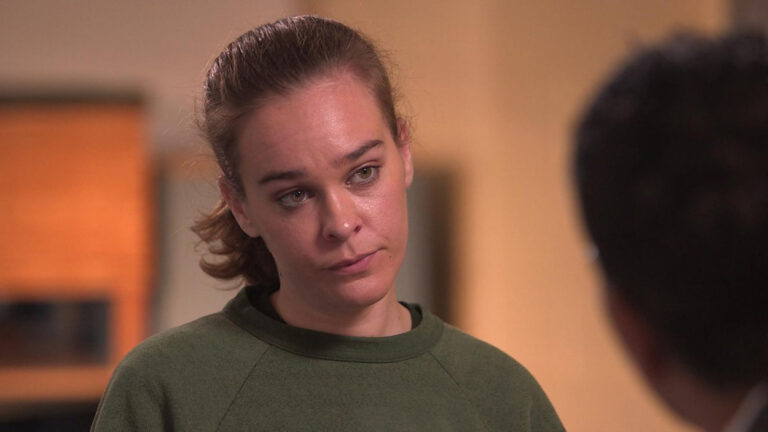The troubling case of 5-year-old Garnett Spears, who was poisoned by his mother with salt water
On 23 January 2014, 5-year-old boy Garnett-Paul Thompson Spears died at a hospital in suburban Valhalla, New York. The cause of death was determined to be high levels of sodium leading to swelling in his brain.
Shortly after the young boy’s death, his mother, Lacey Spears, was charged with second-degree murder and first-degree manslaughter. On 2 March 2015, a jury found Spears guilty of murdering her son by poisoning him with table salt, which she had administered to him from infancy through his feeding tube.
Just a month after the verdict, a judge sentenced Spears to 20 years in prison. The judge in the case, Robert Neary, acknowledged that the mother suffers from Munchausen syndrome by proxy—a mental illness and a form of child abuse in which the caretaker of a child, most often a mother, either makes up fake symptoms or causes real symptoms to make it look like the child is sick—and therefore did not sentence her to the maximum of 25 years in prison before parole eligibility.
Who is Lacey Spears?
Spears was born and raised in Decatur, Alabama. Lonely as a single mother and desperate for attention, she often posted on social media about her son’s health struggles, even going so far as to start a blog devoted to chronicling her search for a cure for whatever illnesses plagued Garnett.
After telling friends she wanted to leave Alabama, Spears moved with Garnett to Florida to live with her maternal grandmother, Peggy. She then moved with her son to the town of Chestnut Ridge, New York, 14 months before Garnett’s death.
In New York, they lived in a community called The Fellowship for elderly and disabled people. Spears created a fictional character as her son’s father, police officer Blake, who died in a car accident. She also lied to Garnett’s biological father, Chris Hill, claiming that the boy was not his son and even threatened him to keep his distance from them.
A healthy baby made sick by his own mother
Garnett’s health issues started only weeks after he was born. Spears once opened up about his ‘condition’ on CBS’ investigative show, 48 Hours, saying: “He was in and out of the hospital for the first nine weeks of his life, and then—even for a period of time afterwards.”
She continued, “Garnett had severe ear infections and the biggest problem we had was we couldn’t get him to eat, so he was losing weight, he just would not take a bottle, he would not take baby food, he would not nurse.”
Shortly after he turned five, Garnett was hospitalised at Montefiore Nyack Hospital after experiencing seizures. After his sodium levels peaked from the normal 138 to the very high 182, the boy was taken to Westchester’s Maria Fareri Children’s Hospital. Although his condition improved, the high sodium levels caused his brain to swell, leading to Garnett’s tragic death.
A renewed interest in the case
Following the release of a new Investigation Discovery documentary titled Devil In Suburbia, a renewed interest in the case has gathered traction online, more specifically on TikTok with content creators posting videos summarising the horrid details that led to Garnett’s death.
Mommy blogger Lacey Spears’ five-year-old son Garnett tragically passes away after a sudden, seemingly unexplained illness. Yet as authorities dig a bit deeper, it’s clear there is something much more sinister going on...
— Investigation Discovery (@DiscoveryID) September 13, 2022
Join us tonight at 9/8c for #DevilInSuburbia on ID pic.twitter.com/j4sUjKaq2H
@d0llface3 A different Format #solvedcase #foryou #crime #solvedmysteries #crimetiktok
♬ original sound - D0l1face3
Spears will be 46 years old when she is eligible for parole.






